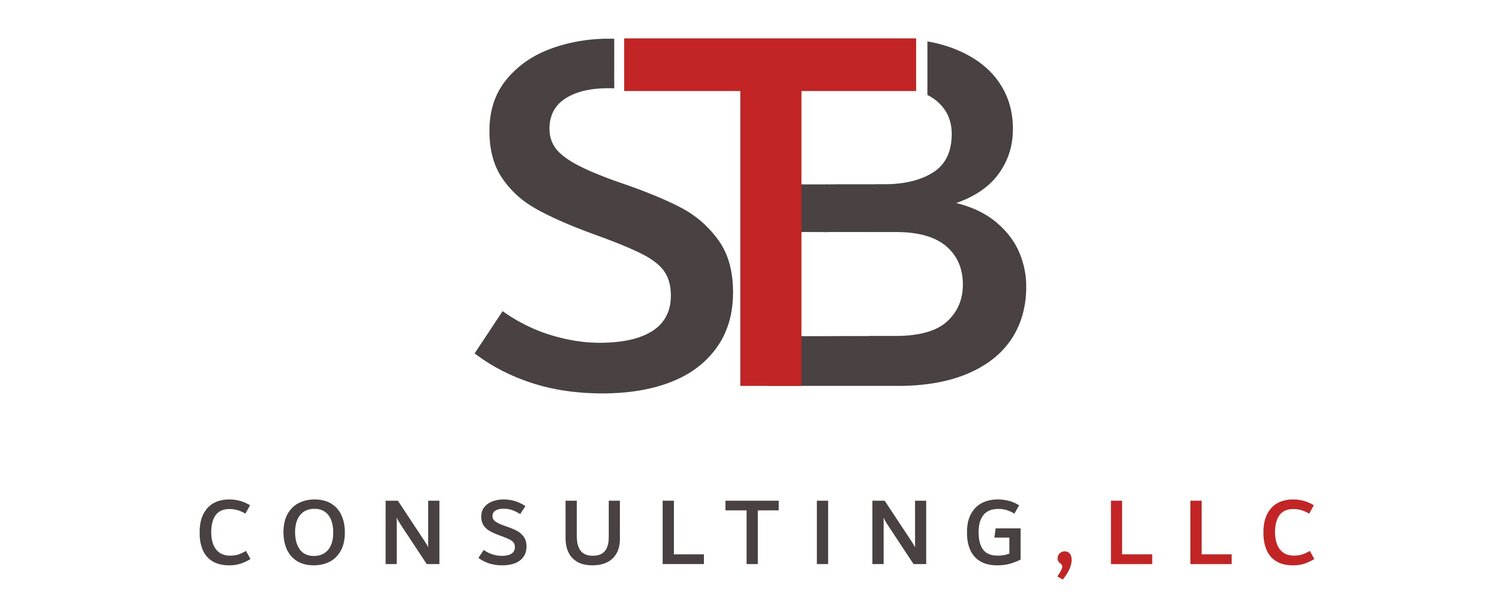The Essence of Strategy
I’ve found that the term strategy is used quite often, but it means different things to different people. If you take a look at ten different strategic plans, it’s likely that all ten look slightly different. You may ask yourself - How do I know what a “good” strategic plan looks like? Or What should I include in my organization’s strategic plan? Or even Does my organization really need a strategic plan?
To answer the last question – Yes, your organization needs a strategic plan if you do not have a current one that you are executing against.
So let’s start with what strategy is and what it isn’t.
Medtronic VP Ellie Pidot’s definition of strategy is my favorite: “Strategy is a fancy word for coming up with a long-term plan and putting it into action.”
Full stop. I believe that’s the heart of strategic planning.
To take it a step further, I also love to reference Michael Porter’s famous words of wisdom regarding strategy: “The essence of strategy is what not to do.”
Strategic planning is the process of defining who the organization is, establishing the direction of the organization, and identifying clear goals and measurable outcomes.
Though strategic plans come in many shapes and forms, the following key elements are typically included:
Vision – an aspirational picture of the future once the mission is achieved
Mission – what does the organization do, who does it serve, and to what benefit?
Values – what does the organization believe in?
Goals – high-level aims for the organization
Objectives – specific, quantifiable results you aim to achieve for each goal (targets/KPIs)
Strategic Initiatives – activities, projects, and programs designed to help the organization achieve its objectives
Strategic plans may be organized by domains, pillars, perspectives…or other such categories, but a “good” plan will include the elements described above.
There are an incredible number of benefits for organizations – whether larger or small, whether corporate, public sector, or nonprofit – to undergo the strategic planning process and then proceed to execute on that plan.
Not only is strategic planning an opportunity to clarify your organization’s mission and core values, but the process of pulling together key stakeholders to develop the strategic plan yields the following benefits:
Focus of energy and resources – Because you’ve defined your “North Star”, leaders have a guide for where to focus the organization’s efforts, budget, and resources.
Common goals – Since the organization’s goals and priorities for (typically) the next 3-5 years have been documented and communicated, leadership, employees, and other stakeholders are all working toward common goals.
Agreement around intended outcomes – The strategic planning process involves not only defining high-level goals but defining clear targeted outcomes that the organization is looking to achieve by implementing this plan.
Simplification of decision making – New ideas and new opportunities will often present themselves and leaders may wonder if they should go down a “new road” ahead or pursue a “new initiative”. When there is a clear vision of what the organization’s 3-5 year goals are, there is a point of reference to bounce the “new idea” off of. Does this “new idea” help the organization reach its intended goals? If the answer is no, the answer regarding the new idea becomes either no or not now.
Ability to thoughtfully and intentionally adjust the organization’s direction in response to a changing environment – If we’ve learned nothing else in the last two years, we’ve learned that life can be unpredictable and we (and our organizations) must be flexible and nimble enough to respond as needed. When the organization has a strategic plan that it has been executing against, leaders have a solid reference point to assess and evaluate – Do we need to adjust our goals in light of X? Should we embark on new strategic initiatives in response to Y? How do we stay true to our original mission?
We’ve talked about what strategy or strategic planning is, but let’s talk about what it isn’t. It’s not:
A beautiful, glossy handout that sits on a shelf for the plan’s duration, never to be referenced again.
A static document that captures high-level aspirations with no intention of or plan for implementation.
Developing the plan gets you “halfway there”. Implementing the plan is key.
So hopefully at this point, you see the value and benefit of developing a strategic plan and then executing against that plan. And if you don’t want to take my word for it, consider the words of the famous Yogi Berra - "If you don't know where you are going, you'll end up someplace else.”
So tell me – does your organization have a strategic plan and do you know how well the organization is executing against it? I’d love to hear from you.
